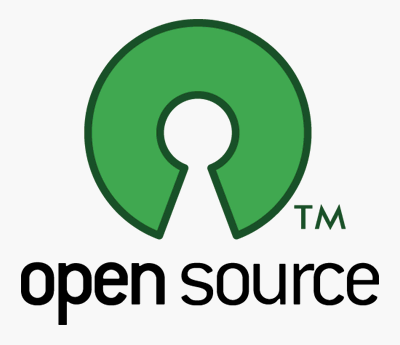Do-Not-Track (How about piggybacking on the User-Agent?)
I think I�ve read just about every white paper, article, blog post, and tweet about Do-Not-Track (DNT), including the FTC�s recent 121 page preliminary staff report that thrust the concept into public consciousness. For those unfamiliar with what DNT is exactly, not to worry, it is really very simple.
The idea behind DNT is providing online consumers, those sitting behind a Web browser, an easy way to indicate to third-parties that they do not want to be "tracked" -- they opt-out. DNT would hopefully replace todays system of having to register with dozens of different provider websites to obtain �opt-out� cookies.
As the FTC pointed out, the out-out cookie approach proved unscalable and could never have been effective with the spirit of its intent, consumer privacy. Adding insult to injuring, anyone seeking to improve their privacy by deleting all their cookies would simultaneous delete their opt-out cookies too. They�d have to perform opt-out registration all over again. No wonder the advertisers and tracking companies support this model.
The FTC report gave no real technical guidance on how DNT should be implemented. Not that they should have. What you must first understand about DNT is that in all models, there is NO real technical privacy enforcement. Basically the consumer is asking (buried somewhere invisible in the HTTP protocol) anyone who is listening, �please do not track me.� It is then on the honor of the tracking companies across the Internet to support the DNT system and comply with the request when they have no legal obligation to do so. Which is not to say DNT is without value. It would be helpful to have a legal remedy available when all technical self protection mechanisms eventually breakdown.
Since DNT started making headlines Google, Microsoft, Mozilla, and various browser plug-in developers have been experimenting with different approaches to DNT in their respective Web browsers. The one seeming to get the most traction at the moment is adding a special 'DNT' header to each HTTP request. For example:
"DNT: 1" - The user opts out of third-party tracking.
"DNT: 0" - The user consents to third-party tracking.
[No Header] - The user has not expressed a preference about third-party tracking.
At first glance this does appear to be the logical and superior model over all others I�ve seen so far. Then I got to talking with Robert �RSnake� Hansen about this and we came to a slightly different conclusion to where DNT would best go. First remember that there are a lot of great big powerful corporate interests that really don�t like DNT and what it represents. If effective and widely adopted, business models are odds with consumer privacy choice would be seriously threatened. Opponents to DNT will seek to confuse, sabotage, derail, downplay, and stall progress at every opportunity. The final accepted protocol must be resilient to a large portion of the Internet hostile to its very existence.
DNT data must be able to traverse the Internet to its destination unaltered and be logged on the other end (the Web Server) for auditing / statistical purposes. If DNT ends up being a new HTTP request header, those headers like most others are rarely logged and never by default. It would be far too easy for a tracking company to ignore DNT headers and claim they never got them. Proving otherwise would be difficult for a plaintiff.
An alternative is piggybacking DNT onto an already well established header. A header one that no one in the connection stream would typically think of touching and that is already widely logged -- by default. The User-Agent header would make sure an ideal candidate. Imagine something like this with the DNT tacked onto the end:
User Agent: Mozilla/5.0 (Macintosh; Intel Mac OS X 10.6; en-US; rv:1.9.2.13) Gecko/20101203 Firefox/3.6.13 DNT: 1
Simple. Easy. Logged.
Now if we can just encourage the browser vendors to enable it by default. :)

















